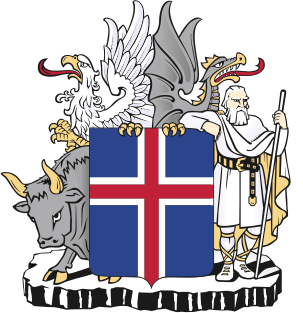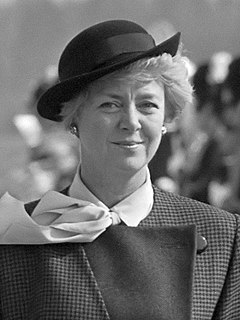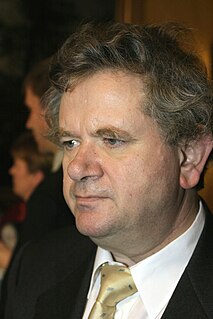
Presidential elections were held in Iceland on 29 June 1996. The result was a victory for Ólafur Ragnar Grímsson, who received 41.4% of the vote.

Presidential elections were held in Iceland on 30 June 1968. The result was a victory for Kristján Eldjárn, who received 65.6% of the vote.

Presidential elections were held in Iceland on 29 June 1980. The result was a victory for Vigdís Finnbogadóttir, who received 33.8% of the vote. She became the world's first democratically elected female President.

Presidential elections were held in Iceland on 25 June 1988. The result was a victory for the incumbent president Vigdís Finnbogadóttir, who received 94.6% of the vote. The election marked the first time a sitting president was challenged in an election.

Parliamentary elections were held in Iceland on 9 June 1963. The Independence Party won 16 of the 40 seats in the Lower House of the Althing. Bjarni Benediktsson became Prime Minister after the elections.

Parliamentary elections were held in Iceland on 8 April 1995. They were the first elections after the Althing became a unicameral parliament in 1991. The Independence Party remained the largest party, winning 25 of the 63 seats.

Parliamentary elections were held in Iceland on 8 May 1999. The Independence Party remained the largest party in the Althing, winning 26 of the 63 seats.

Parliamentary elections were held in Iceland on 23 and 24 October 1949. The Independence Party remained the largest party in the Lower House of the Althing, winning 13 of the 35 seats.

Parliamentary elections were held in Iceland on 24 June 1956. The Independence Party remained the largest party in the Lower House of the Althing, winning 13 of the 35 seats.

Early parliamentary elections were held in Iceland on 25 and 26 October 1959. Following the electoral reforms made after the June elections, the Independence Party won 16 of the 40 seats in the Lower House of the Althing.

Parliamentary elections were held in Iceland on 11 June 1967. The Independence Party remained the largest party in the Lower House of the Althing, winning 15 of the 40 seats.

Parliamentary elections were held in Iceland on 13 June 1971. The Independence Party remained the largest party in the Lower House of the Althing, winning 15 of the 40 seats.

Parliamentary elections were held in Iceland on 25 April 1987. The Independence Party remained the largest party in the Lower House of the Althing, winning 12 of the 42 seats.

A prohibition referendum was held in Iceland on 21 October 1933. Voters were asked whether they approved of the ban on importing alcohol imposed following a 1908 referendum being lifted. It was approved by 57.7% of voters.

A referendum on the Act of Union was held in Iceland on 19 October 1918. Voters were asked whether they approved of the Act, which would lead to Iceland becoming a separate kingdom under the Danish Crown, making the country a sovereign state in a personal union with Denmark. It was approved by 92.6% of voters.

Parliamentary elections were held in Iceland on 5 August 1916, the first elections held after women's suffrage was introduced. Following reforms to the Althing the previous year, the six seats in the Upper House appointed by the monarch were abolished, and replaced with six elected seats. The seats were elected by proportional representation at the national level, using the D'Hondt method. The remaining eight seats were elected along with the Lower House in October.

Elections to the Upper House of the Althing were held in Iceland on 1 July 1926. Six seats were elected by proportional representation at the national level, using the D'Hondt method. The remaining eight seats were elected along with the Lower House.

Parliamentary elections were held in Iceland on 27 October 1923. Voters elected all 28 seats in the Lower House of the Althing and eight of the fourteen seats in Upper House. The Citizens' Party, a loose collection of conservatives, emerged as the largest party in the Lower House, winning 16 of the 28 seats.

Parliamentary elections were held in Iceland on 5 July 1942. Although the Independence Party won a plurality of votes, the Progressive Party remained as the largest party in the Lower House of the Althing, winning 14 of the 33 seats.

Parliamentary elections were held in Iceland on 10 September 1908, alongside a referendum on prohibition.








